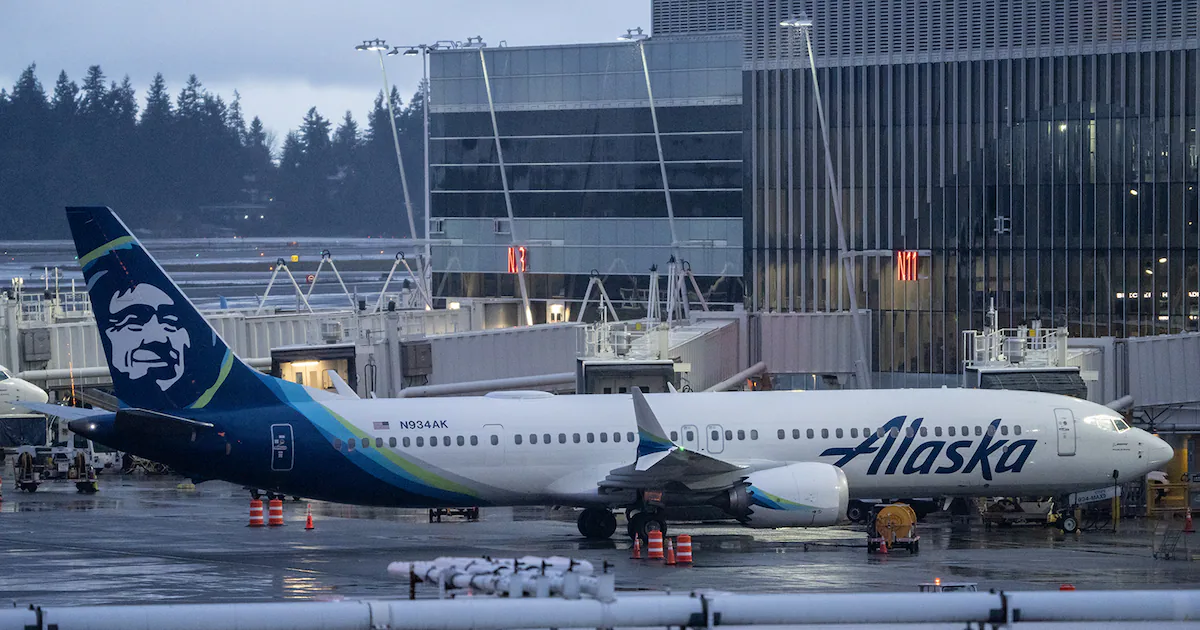Copyright Anchorage Daily News

An IT outage that grounded Alaska Airlines’ fleet for eight hours last week and canceled about 400 flights may cost the company $26 million. Savanthi Syth, an airline analyst with financial services company Raymond James, estimated the outage would trim about 15 cents from Alaska’s earnings per share, or about $26 million from its pretax income for the fourth quarter. A similar IT outage in July that grounded Alaska’s fleet for three hours and canceled 200 flights cut about 10 cents from Alaska’s earnings per share, or about $17 million, Syth said. “It has been a string of bad news for Alaska,” Syth wrote in a note to investors following the IT outage last week, pointing to the tech trouble and several other macroeconomic factors, like rising fuel prices and changes to immigration visa policies. Alaska, which has confirmed the financial toll of the July outage, declined to comment on the impact of the most recent incident. A spokesperson said Monday the company is still investigating the cause of the outage and assessing the impact on its finances. It’s still not clear if the two recent IT outages are connected. On Thursday, a failure at Alaska’s primary data center led the airline to ground its fleet from 3:30 p.m. until 11:30 p.m. Operations returned to normal Saturday, Alaska said, but the outage disrupted travel plans for more than 50,000 people. The company took action to strengthen its IT systems after the July outage, which was caused by a hardware failure at one of its data centers, but said Thursday’s incident showed there was more work to be done. “We know our guests put their trust in us when they choose to fly with Alaska, and this level of performance is not acceptable,” the company said in a statement. “While safety is our most critical responsibility, the reliability of our operations is an essential expectation of our guests.” In response to both outages, Alaska said it will bring in “outside technical experts” to diagnose its entire IT infrastructure and ensure it is reliable. It’s not clear what that process will look like, how long it will take or what changes could come as a result. A spokesperson declined to share those details Monday. The IT outage came just as Alaska was reporting its financial results from the third quarter, which spans July through September. The airline’s profits dipped from a net income of $236 million in the third quarter last year to $73 million this year due to the first IT incident and turbulent weather on the East Coast. “It seemed like for the entire month of July operations were challenging,” Ryan St. John, Alaska’s vice president of investor relations, said in an interview. “The IT outage created a challenge for the operation, then every week there was something going on in the air traffic control system that just kept compounding on itself. All of that was unexpected.” The company postponed a scheduled call with Wall Street analysts to discuss third quarter earnings, the company said, to allow employees to focus on supporting travelers and getting operations back on track. The impact of Thursday’s IT outage will appear in Alaska’s fourth quarter earnings. Airlines generally budget for weather-related disruptions in the last months of the year, Syth from Raymond James said in her note to investors, meaning Alaska might have some wiggle room to adjust from the recent losses. “Should weather prove accommodating in Nov/Dec, it is possible Alaska could make up some lost ground,” she wrote to investors. Meanwhile, Alaska and other airlines are still grappling with the impact of a nearly-four week government shutdown. On Tuesday, air traffic controllers will work their first unpaid shift. Members of the National Air Traffic Controllers Association, a labor union representing 20,000 aviation professionals, plan to distribute leaflets and talk with passengers at airports around the region, including Sea-Tac Airport, about what the shutdown means for air travel.



